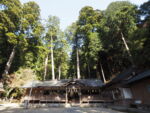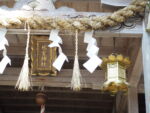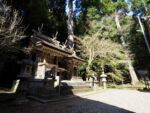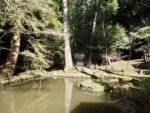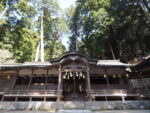See & Do
Himuro Jinja Shrine
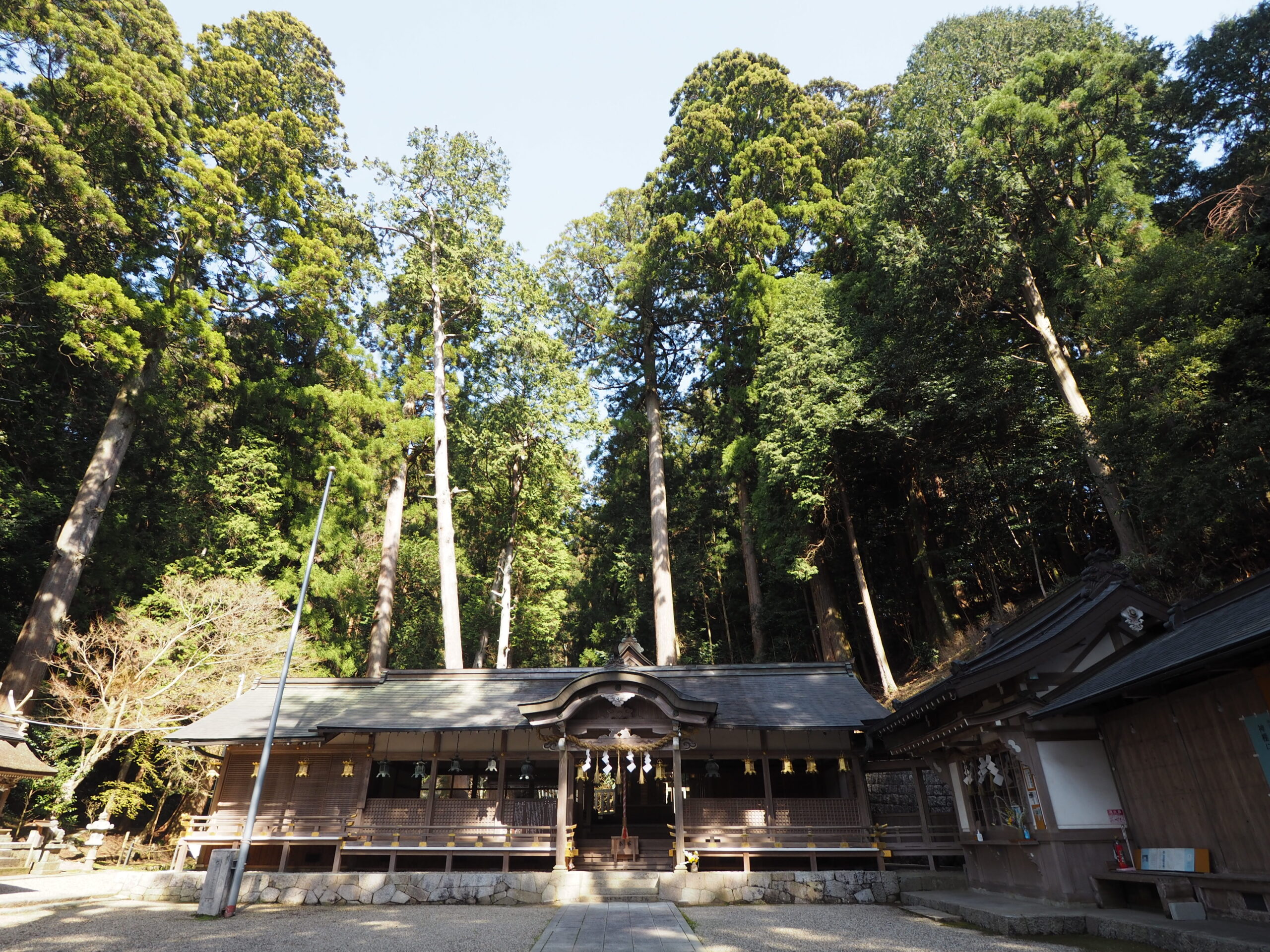
5th Century
Where the Deity of Ice is enshrined.
High in the mountains of Tenri City’s Fukusumi Town is one of Japan’s rarest shrines. Himuro Jinja shrine has enshrined the Deity of Ice since ancient times. The shrine’s roots go back to the 4th century, when this area was called Tsuge.
According to the Nihonshoki, one of the earliest records of Japanese history, a prince discovered that the locals preserved ice here in “himuro” ice houses dug into the ground. This was how the people of Tsuge began providing ice to the imperial family, carrying the ice from these mountains down to the Nara basin.
Though many records of this shrine have been lost throughout history, the shrine’s historical log tells us that Himuro Jinja shrine was established in the following century, around 432 CE.
Today, in addition to seasonal festivals and ceremonies, the shrine has a Kenpyosai ceremony, when ice and other items are placed in the worship hall. There are also places nearby where we can see the remains of himuro ice houses that were dug into the mountain ridge. The local people of Fukusumi treasure this history of the region and shrine, and work hard to pass it on to future generations.
Access
By car: Himuro Jinja shrine is about 1 km north of the Fukusumi IC exit on the Meihan Expressway.
By train: The nearest train stations are JR and Kintetsu Tenri Stations, but they are still very far from the shrine. From the station, Nara Kotsu Bus line buses headed for Yamabe-Koko and Hari will stop at the Kokudo-Fukusumi bus stop. The shrine is about 1 km north of the bus stop. Buses run very infrequently, so please check the bus schedules in advance.
By bus: Himuro Jinja shrine is about 1 km north of the Kokudo-Fukusumi bus stop of the Nara Kotsu Bus line. Buses run very infrequently, so please check the bus schedules in advance.
Environment
Himuro Jinja shrine is located in a serene, sacred forest, surrounded by a small housing community. Fukusumi Town has many other exciting things to see. The great Baramon Sugi (Brahman Cedars) trees are estimated to be about 800 years old, and serve as the gate to Eisho-ji Shimonobo temple. Around the corner from Himuro Jinja shrine is Sainen-ji temple, which is famous for its thatched kayabuki roof and the many cherry blossoms that bloom every spring.
Point
Himuro Jinja shrine is a place where we can feel the connection between the local climate, history, and belief. If you are interested in Shinto shrines, this is a special place you must visit!

